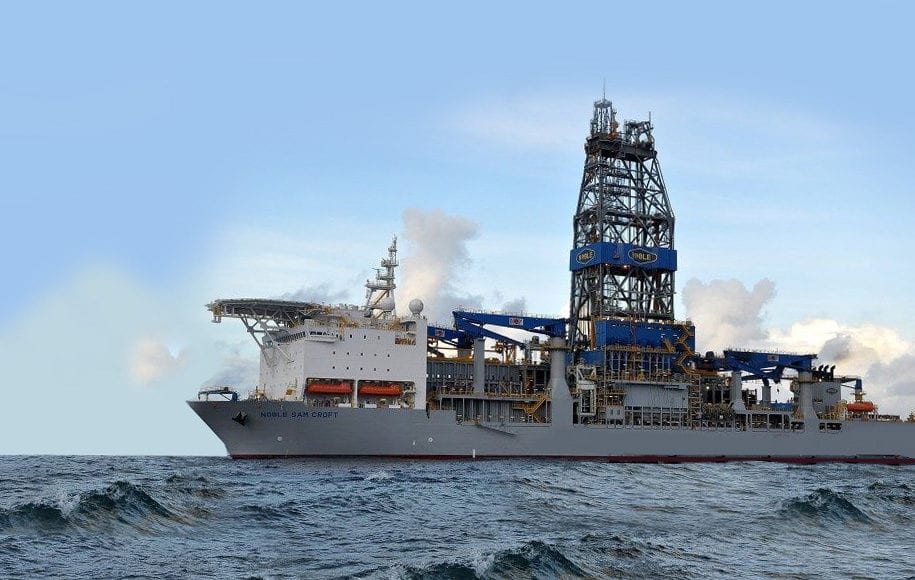The people of Suriname went to the polls on May 25 and a new President is now in place with a pledge to “reconstruct” the country’s natural resources. No doubt, the newly discovered petroleum resources will be a priority of the new government as it looks to develop these deepwater fields. But while Suriname’s first two discoveries is creating excitement for its people, Guyana has had a head start with deepwater oil strikes which now total 19 since 2015, 16 of which were made in the ExxonMobil-operated Stabroek block.
However, in contrast to Suriname, Guyana is still unable to conclude elections that were held since March 2 of this year and several government and other officials are now the target of US visa restrictions. This action by the US is in direct response to what it says are ongoing attempts by those targeted, to subvert the will of the Guyanese people.
These unfortunate circumstances pose the biggest threat to Guyana’s stability and attractiveness as a prime investment destination which could see its neighbour Suriname becoming a viable alternative to those already in the region and looking to come in.
Guyana competing for investments and must get its act together – Chamber President
Interestingly, it is Guyana’s deepwater success that would have played a key role in bolstering the confidence of international oil companies searching for crude offshore Suriname.
As ExxonMobil racked up discovery after discovery at Stabroek block, Rudolph Elias, Chief Executive Officer of Suriname’s state oil company Staatsolie, said, “It’s not a question of whether we will find oil offshore, it’s a question of when.”
In 2017, Apache’s Kolibri-1 exploration well in Block 53 was deemed non-commercial and followed on from the failure of the company’s Popokai-1 well in Block 58 in 2015. Tullow did establish the presence of gas condensate in its 2017 Araku well in Block 54 but did not find a significant quantity of reservoir rocks.
Suriname’s fortunes changed in recent months with the announcement of oil discoveries at Maka Central-1 and Sapakara West-1, both at Block 58, operated by Apache. The company has since spudded its third exploration well on the block, Kwaskwasi-1 and has extended its contract for the Noble Sam Croft drillship by executing an option for another well – Keskesi-1, located 20 kilometers (12 miles) southeast of Sapakara West-1.
Another drill campaign has been planned for the Sloanea-1 well in Block 52 where Petronas has farm-down 50% of its interest to ExxonMobil. Ramps Logistics, which also operates in Guyana, has secured a fully integrated contract with Petronas for this exercise.
Crucial aspects of Guyana’s oil & gas development on back burner as election impasse drags on
As Suriname’s deepwater takes off, the question remains whether Guyana will capitalize on its enormous discoveries or squander this new-found opportunity that has the potential to significantly transform the country.



